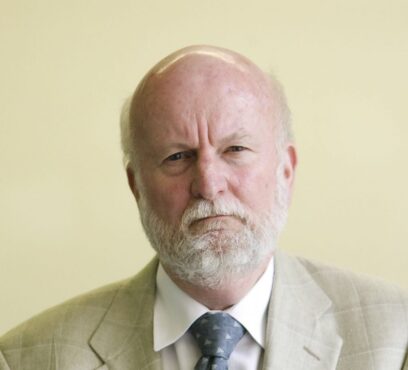John W. Belcher
Professor Emeritus
John Belcher, an MIT professor of physics was honored with the highest teaching award in the American physics community. The Hans Christian Oersted Medal of the American Association of Physics Teachers was awarded in recognition of Belcher’s “tireless work with TEAL (Technology Enabled Active Learning) and Massive Open Online Courses (MOOCs).” For more information, see MIT News and Department of Physics.
Professor Belcher was born in Louisiana in 1943, and graduated from Odessa High School in West Texas in 1961. He attended Rice University in Houston, graduating with a double major in math and physics in 1965, summa cum laude. He then went to Caltech for graduate school where he earned his Ph.D. in Physics in 1971. Professor Belcher came to MIT in 1971, to work with Professors Herbert Bridge and Alan Lazarus, who had the plasma probe on board Mariner 5. Just after he arrived, the Space Plasma Group wrote a proposal for the Voyager mission to Jupiter and Saturn. After reaching these two planets, as well as Uranus and Neptune, Voyager is still going strong. In its most recent incarnation, it is refered to as the Voyager Interstellar Mission. Within the next twenty years, it is probable that the MIT plasma instrument on Voyager 2 will make measurements in the interstellar medium.
Professor Belcher has twice received the NASA Exceptional Scientific Achievement Medal, once for contributions to the understanding of the plasma dynamics of the Jovian magnetosphere, in 1980, and once for his role as principal investigator on the Plasma Science Experiment on Voyager during the Neptune encounter, in 1990. In 2004, the Institute awarded Belcher with the Class of ’22 professorship, designed to honor “a tenured faculty member with a record of excellence in education, with respect to both curriculum development and classroom teaching.” In July 2007, Prof. Belcher was named Division Head for Astrophysics. Professor Belcher’s research interests are within the areas of space plasma physics, outer planet magnetospheres, solar wind in the outer heliosphere, and astrophysical plasmas. He was the principal investigator on the Voyager Plasma Science Experiment during the Voyager Nepture Encounter—the end of the Grand Tour. He is now a co-investigator on the Plasma Science Experiment on board the Voyager Interstellar Mission.

